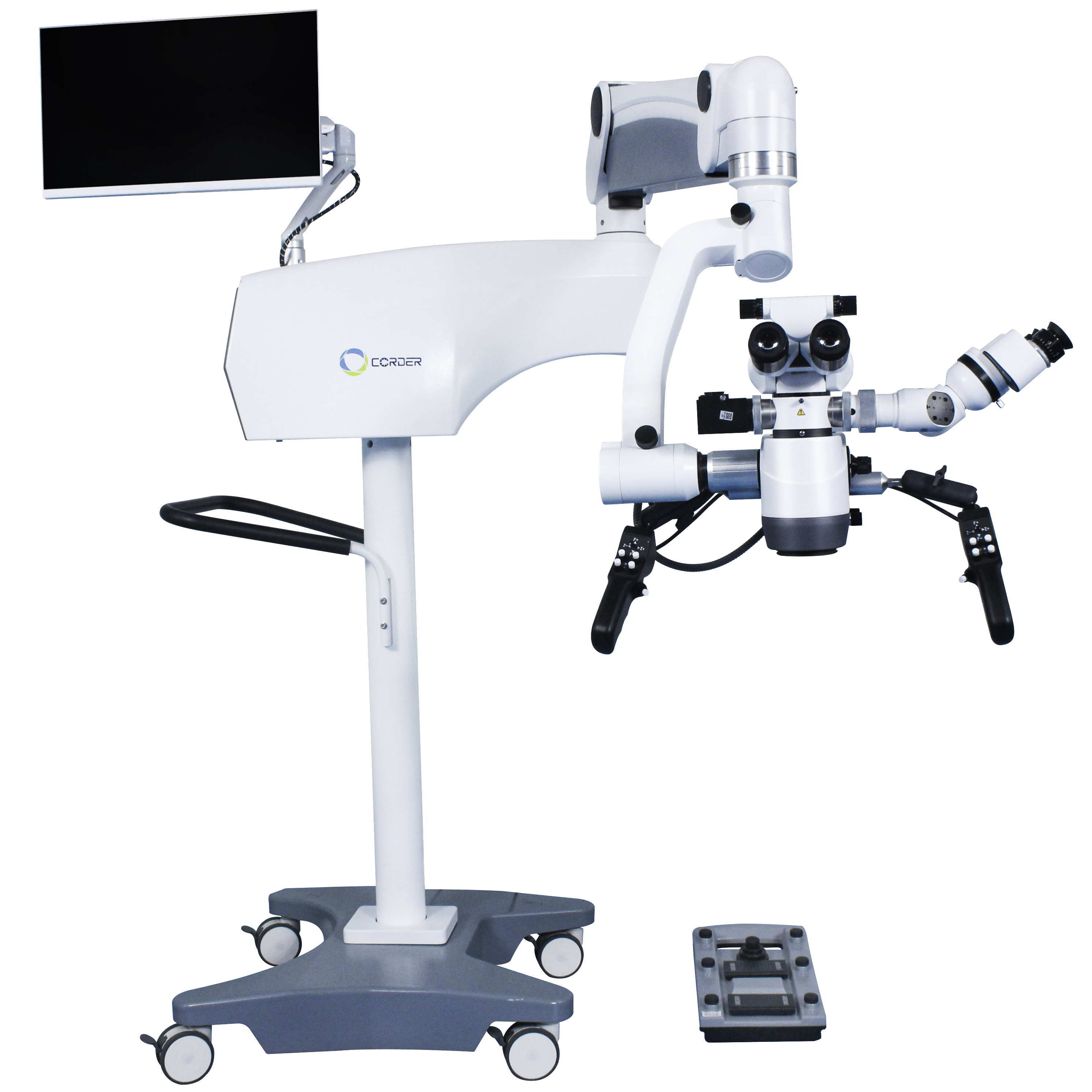Advancements and Market Dynamics in the Surgical Microscope Industry
The global medical device landscape has witnessed transformative growth in recent years, particularly within the surgical microscope sector. As precision and minimally invasive procedures become the gold standard across specialties, demand for advanced visualization tools like surgical microscopes continues to surge. From opthalmic operating microscopes to ENT surgical microscopes, these devices are redefining surgical accuracy, enabling clinicians to navigate complex anatomical structures with unprecedented clarity.
One of the most notable trends is the expansion of the dental operating lamp market, driven by the integration of high-intensity illumination systems with dental operating microscopes. These tools are indispensable in endodontics and restorative dentistry, where detailed visualization of root canals and micro-fractures is critical. Similarly, teeth scanner technologies are increasingly being paired with microscopes to enhance digital workflows, streamlining diagnostics and treatment planning.
In ophthalmology, eye instruments manufacturers are prioritizing modular designs, creating upgradeable ophthalmology microscopes that adapt to evolving clinical needs. This flexibility reduces long-term costs for healthcare facilities while ensuring access to cutting-edge optics. The opthalmic surgical equipment segment, including microscopes tailored for cataract and retinal surgeries, has also seen innovations such as 3D visualization. 3d medical surgical microscope systems, offered by leading stereo surgical microscope manufacturers, provide depth perception and improved ergonomics, reducing surgeon fatigue during lengthy procedures.
Beyond ophthalmology, plastic reconstructive surgery microscope systems are gaining traction. These devices combine high magnification with adjustable focal lengths, essential for delicate tissue manipulation in microsurgery. Meanwhile, the ENT microscope price range reflects a balance between advanced features—such as integrated imaging sensors—and affordability, catering to both large hospitals and smaller clinics.
The growing emphasis on cost-efficiency has spurred the operating microscope refurbishment market. Refurbished units, often upgraded with modern operating microscope parts like LED lamps or digital cameras, offer a sustainable alternative for budget-conscious providers. Additionally, suppliers specializing in USB binocular microscope solutions are bridging the gap between portability and performance, ideal for educational institutions and mobile medical units.
Asia-Pacific, particularly China, is emerging as a hub for innovation and production. 3d surgical microscope suppliers China and brain microscopy suppliers China are leveraging advanced manufacturing capabilities to deliver competitively priced, high-quality devices. This regional growth is reshaping the medical surgical microscope market, challenging traditional suppliers in Europe and North America.
In neurosurgery, brain surgical microscopy systems are becoming indispensable for tumor resections and vascular repairs. These microscopes integrate fluorescence imaging and real-time navigation, enhancing safety in high-risk procedures. Similarly, ENT surgical microscopes now feature modular designs compatible with endoscopic tools, streamlining workflows in sinus and laryngeal surgeries.
The surgical microscopes manufacturers ecosystem is also addressing the demand for customization. For instance, opthalmic surgical instruments are increasingly designed to interface seamlessly with microscope systems, creating unified platforms for vitreoretinal or glaucoma surgeries. This interoperability reduces setup times and improves procedural efficiency.
Price dynamics remain a critical factor. While dental operating microscope prices vary based on optical quality and integration capabilities, the market is witnessing a shift toward mid-range models that balance performance and accessibility. Similarly, ENT microscope price points are influenced by add-ons like built-in documentation systems or adjustable magnification ratios.
Looking ahead, the convergence of artificial intelligence and microscopy promises to unlock new frontiers. Predictive analytics could enhance focus calibration in opthalmic operating microscopes, while machine learning algorithms might optimize image clarity in 3d surgical microscopes. Furthermore, the rise of telemedicine is driving demand for microscopes with remote consultation capabilities, a niche where USB binocular microscope suppliers are poised to innovate.
In conclusion, the surgical microscope industry is navigating a transformative era marked by technological synergy and market diversification. From plastic reconstructive surgery microscopes to opthalmic surgical equipment, manufacturers are prioritizing adaptability, precision, and cost-effectiveness. As emerging markets like China solidify their roles as key brain microscopy suppliers, and refurbishment programs extend the lifecycle of existing systems, the sector is well-positioned to support the next generation of surgical excellence. Whether through cutting-edge 3d medical surgical microscopes or sustainable refurbishment practices, innovation remains the cornerstone of this dynamic field.

Post time: Apr-24-2025







